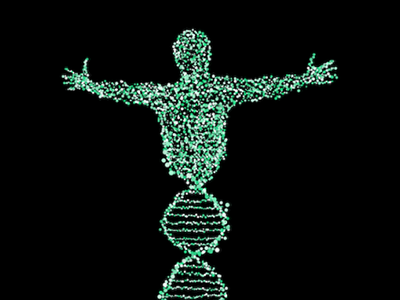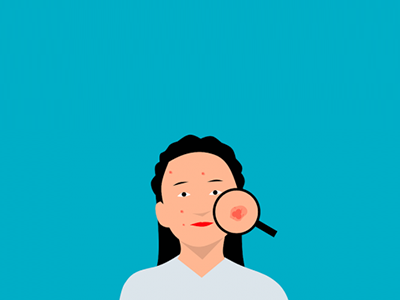An often taboo term for middle-aged women (range 40-55 years) is menopause. This single word not only marks the end of a woman’s childbearing years but also marks a time where they may undergo many physiological changes that can also affect their emotional health.
Menopause is defined as the permanent cessation of menses (aka your “period”) for 12 consecutive months. The median age in which this occurs in women is 51, but leading up to this point both ovarian function and hormone production decline and can do so for up to 8 years! This time, marked by irregular periods and a whole host of symptoms related to the lack of estrogen is called perimenopause (meaning around menopause).
Menopause symptoms:
- Vaginal symptoms: dryness, thinning, inflammation
- Vasomotor symptoms (relating to constriction/dilation of blood vessels): night sweats, hot flashes, anxiety, sleep disturbances
- Other symptoms: depression, mood swings, urinary frequency, difficulty concentrating or remembering, muscle or joint pain, migraines
Hormone therapy can be initiated to combat the decrease in estrogen levels and thus overcome many of these symptoms. However, this must be done on an individual basis with careful consideration of an individual’s risks of treatment.
Risks of hormone therapy:
- Thromboembolism (obstruction of a blood vessel by a blood clot)
- Deep Vein Thrombosis aka DVT or Pulmonary Embolism aka PE
- Stroke
- Coronary Heart Disease
- Breast Cancer
- Endometrial Cancer
- Dementia
** Be sure to talk to your physician if you have or had a history of any of the above as it may prevent you from being eligible for menopausal hormone therapy **
Because of these risks, patients should undergo routine monitoring and determine if there is an ongoing need for treatment. The perimenopause symptoms mentioned before can be treated safely and effectively but just need to be treated with the lowest doses for the shortest possible time. There are even additional benefits beyond symptom alleviation including reductions in both fractures and colorectal cancer.
Choosing a treatment first will depend on if a woman has had a hysterectomy. Women who have had a hysterectomy can safely take estrogen therapy by itself. However, if a woman has an intact uterus they must be treated with a Progestin along with the Estrogen to reduce the risk of endometrial hyperplasia and endometrial cancer. Treatment selection is then guided by desired administration route and symptomology. Available formulations include:
- Oral estrogen products
- Transdermal products (including patches, gels, and sprays)
- Vaginal estrogen products (including creams, vaginal rings, and vaginal tablets)
- These are the preferred route when the primary complaint is vulvovaginal atrophy
- Oral combination estrogen-progestin products
An additional consideration when determining which product may suit your needs would be the potential side effects of the treatment options. Estrogen therapy could involve heavy or irregular menstrual bleeding, breast tenderness, headache, as well as nausea. When being treated with a Progestin, side effects may include depression, irritability, and or headache.
If you have been experiencing symptoms of menopause consider visiting the Physician Promise Virtual Visit where a physician can help you determine a treatment option that is right for you.






















